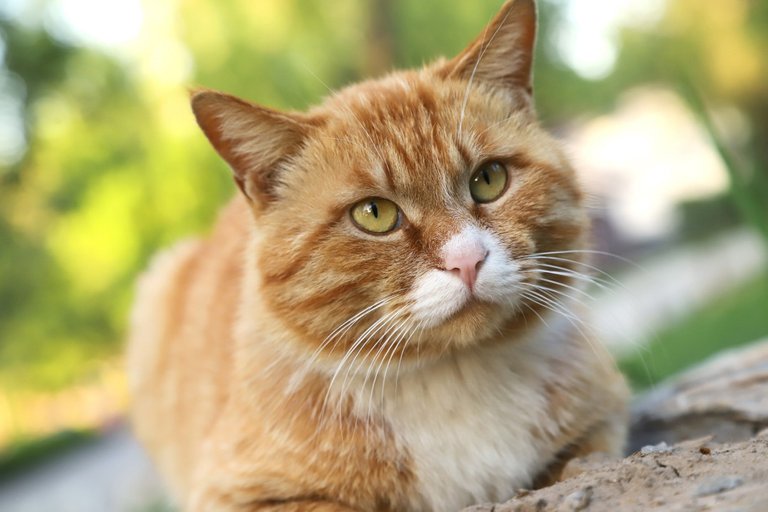There are so many secrets hidden in a cat's beard!

A cat's body is divided into five parts: head, neck, torso, limbs and tail. Most are covered with hair, and some are hairless.
Cats have fat pads under their toes, so they walk quietly. They will not run when they catch mice. They have sharp nails on their toes. Claws can be retracted and extended. Cats retract their paws when they are resting and walking, and only lengthen them when catching mice and climbing to prevent their hooves from blunting. A cat has five toes on its front paws and four toes on its hind paws. Cat teeth are divided into incisors, canines and molars. The canines are highly developed, as sharp as a cone, suitable for killing caught rodents, the chewing surface of the molars has sharp protrusions, suitable for chewing meat; underdeveloped incisors.
Cats can tell their age from their teeth too
There are 30 adult cat teeth. There are 26 baby cat teeth.
The cat's teeth from both sides to the center are:
Upper row-molars, molars, premolars, canines, 6 incisors
Lower row-molars, premolars, canines, 6 incisors
Start teething in about 14 days
The deciduous incisors are 2 to 3 weeks of age straight. At almost two months of age, all primary teeth are long, white, thin and pointy
Replace the first deciduous incisors at 3 to 4 months of age
Replace the second and third deciduous incisors and deciduous canines at 5-6 months of age
After 6 months of age, all permanent teeth will be replaced
8 months old, permanent teeth are long, shiny white, and upper incisors are sharp and convex
The mandibular second incisor that was 1 year old had a large apex, which was extended to a small apex, a phenomenon called crest obliteration.
2 year old mandibular second incisor nail removed
3 year old maxillary first incisor nail removed
The apex of the maxillary second incisor at 4 years old is obliterated
The tips of the mandibular third incisors are slightly worn by the age of 5 years, and the wear surfaces of the mandibular first and second incisors are rectangular.
The tips of the mandibular third teeth for 5.5 years are worn out, the canines are blunt
The mandibular first incisor of 6.5 years is worn down to the root of the tooth, and the wear surface is an elongated ellipse
7.5 years mandibular first incisor worn out and tilted forward
The worn surface of the 8.5 year old maxillary and mandibular second incisors is oval in shape
9 to 16 year incisors are missing and the canines are missing
Yay! 🤗
Your content has been boosted with Ecency Points
Use Ecency daily to boost your growth on platform!
Support Ecency
Vote for new Proposal
Delegate HP and earn more, by @xiti.